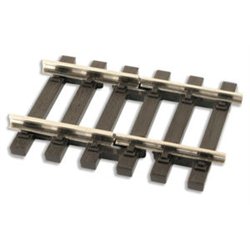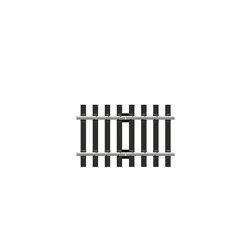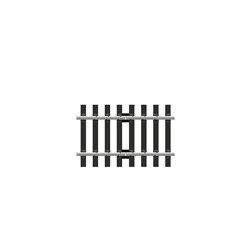Balsa wood is a popular choice for modelling for several key reasons: Lightweight: Balsa wood is incredibly light,...
No products
Product successfully added to your shopping cart
There are 0 items in your cart. There is 1 item in your cart.
Search Tips
Christmas and New Year
Due to public holidays, orders will be next dispatched on Monday 29th.
If you select next day delivery at checkout, please note deliveries are not made on New Year's Day or Sundays.
The shop in Sandown is closed on Saturday 27th December and will reopen on Tuesday 30th December.
Tuesday 30th: 10am to 4.30pm - Wednesday 31st: 10am to 2.30pm - Thursday 1st: closed - Friday onwards: 10am to 4.30pm.
How can I transition between different track codes on my layout?
When building a model railway layout, it is not uncommon to use different track codes for various reasons. This can be as a result of incorporating different manufacturers' tracks and integrating track sections with differing track codes. Transitioning between different track codes can be a reasonably straightforward process if properly planned.
In this guide, we will examine the steps to follow to smoothly transition between different track codes on a layout.
- Understand the track codes : before beginning the transition, it is essential for a Modeller to identify the differing track codes they are working with. Track codes refer to the height, width and shape of the rails. The most popular Gauges such as OO/HO and N each have their own set of track codes, so it is important for a Modeller to identify the precise configuration of all the track sections present.
- Use transition tracks : once the configuration of the track sections has been determined, a transition track segment can be used to bridge the different track codes as these segments are specifically designed to connect tracks with differing codes. Transition tracks are available in a variety of code combinations and in straight and curved sections.
- Align and secure the tracks : when connecting the transition tracks, ensure that they are correctly aligned with the existing tracks. Misalignment can cause derailments and other issues. Use track connectors or solder the tracks together to ensure a secure connection.
- Smooth out the transition : to ensure a smooth transition, make sure there are no sudden changes in elevation or alignment between the tracks. Use shims or small ramps to adjust the height if necessary. Additionally, check for any gaps or misalignments and make the necessary adjustments to ensure a seamless transition.
- Test and adjust : once the transition tracks are in place, they should be tested with a few trains to ensure smooth operation. Special attention should be paid to any areas where the trains hesitate or derail. Any issues can then be identified, resolved and retested before the tracks are permanently secured in place.
By following these steps, a modeller can successfully transition between different track codes on their layout. A slow and meticulous approach will inevitably reward the modeller with a seamless transition and a fully functioning layout.
Click here to receive the tips weekly in your mailbox. You can unsubscribe at any time.










